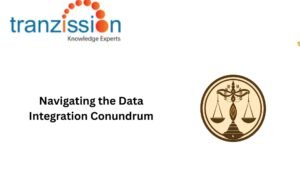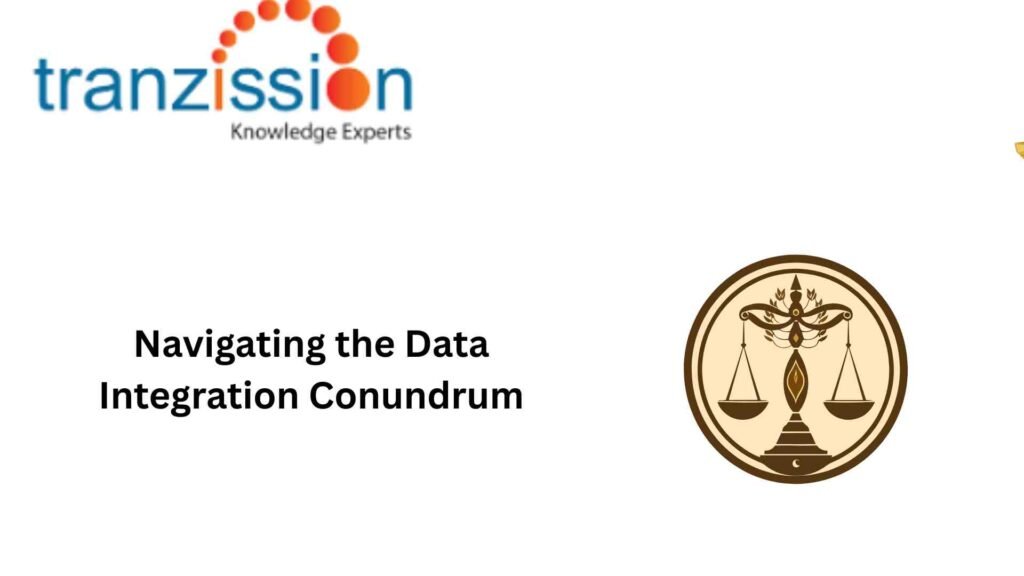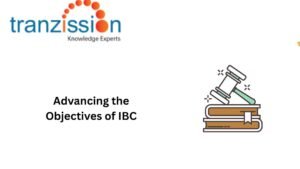
Navigating the Data Integration Conundrum

Table of Contents
The insolvency resolution process in the liquidation process under the Insolvency and Bankruptcy Code, 2016 (“the IBC”) and the relevant rules and regulations involve the submission and analysis of numerous documents and financial information. However, several Data Integration Conundrum issues within the insolvency framework in India hinder the efficient and timely resolution of cases.
The Data Integration Conundrum Challenge in IBC
Fragmented Information Ecosystem:
The insolvency involves numerous digital touchpoints—IBBI database, MCA21, CERSAI, GSTN, NCLT portal, banks’ internal systems, and more. These systems often don’t intersect, thus leading to data inconsistencies, duplication, or outdated information in key insolvency documents and filings.
Read more :Role of ESG in Corporate Governance
Impact on CIRP Timelines and Outcomes:
The corporate insolvency resolution process (CIRP) involves consolidating and verifying the creditors’ claims, analyzing financial records, etc. Insolvency professionals in their role as interim resolution professional (IRP) and resolution professional (RP) spend weeks verifying claims, accessing balance sheets, and confirming charge details across platforms.
Challenges for Resolution Applicants:
Resolution applicants or potential bidders in CIRP or liquidation processes rely on publicly available data to evaluate distressed assets. The lack of a unified data repository limits transparency and due diligence, ultimately affects the number and quality of bids received, thereby, making it difficult for resolution applicants to adhere to the IBC provisions and take the required steps in CIRP or liquidation.
Regulatory and Institutional Stakeholders Affected
Insolvency Professionals (IPs):
IPs have the duty under the IBC to reconcile data across different registries manually. Due to the vast amount of data that needs to be examined and submitted, there is an increased risk of missing crucial claims, undervaluing assets, or overlooking encumbrances.
Adjudicating Authorities:
The National Company Law Tribunal (NCLT) or the National Company Appellate Law Tribunal (NCLAT) rely on case data submitted by the RP and creditors to supervise insolvency cases, approve the resolution plans, or decision to revive or liquidate the corporate debtor. Any delay or error due to poor Data Integration Conundrum slows adjudication and impacts the overall process.
Creditors:
Creditors, particularly financial creditors like banks and financial institutions, may face delays in claim verification due to missing or unlinked financial records. This directly affects the Committee of Creditors (CoC) decisions and the submission of a viable resolution plan.
Legal and Systemic Gaps in Data Coordination
Reading into the insolvency framework under the IBC, there is no statutory mandate that explicitly requires digital integration or real-time sync across regulators. The Insolvency and Bankruptcy Board of India (IBBI) mandates periodic reporting by RPs, however, these disclosures remain in silos and are not machine-readable or API-integrated.
Emerging Solutions and Regulatory Interventions
IBBI’s Push for Automation:
The IBBI is reportedly working on a centralized data platform. This platform is proposedly to enhance the current version of the IBBI’s website and CIRP dashboards.
The Role of MCA and CERSAI:
To prevent fraudulent filings, the MCA21 3.0 was introduced. This could be a game-changer with real-time company updates and integration opportunities with insolvency databases. The CERSAI (Central Registry of Securitisation Asset Reconstruction and Security Interest) is a centralised platform to register and maintain records of security interests created over movable and immovable property. It aims to prevent fraudulent activities in lending transactions. This is being revamped to allow better access to charge and asset encumbrance data.
Tech-Driven Insolvency Platforms:
The emergence of private insolvency platforms offers artificial intelligence (AI) powered due diligence data scraping and predictive insolvency analytics to improve the resolution and liquidation process. For instance, the use of blockchain for asset trail tracking and OCR tools are used to digitize older records.
Recommendations for Insolvency Professionals
Insolvency professionals can address the many legal and procedural hindrances by:
- Building their own digital repositories of ongoing cases to ensure cross-verification of claims and asset details.
- Engaging with tech platforms that facilitate real-time legal research and stakeholder mapping.
- Pushing for transparency clauses in resolution plans to ensure better disclosure from corporate debtors
Conclusion
Insolvency Data Integration Conundrum in India is often fragmented across various sources, each operating on different technological platforms. This creates data silos, making it difficult to access and consolidate information needed for the CIRP. Inaccurate, incomplete, or outdated data can lead to delays and inefficiencies in the CIRP, which may include missing values, errors, misspellings, and incorrect formatting. Further, ensuring data security and privacy during the integration process is crucial, especially when dealing with sensitive financial information. Therefore, the data integration conundrum under IBC isn’t just a technical flaw—it’s a structural bottleneck affecting resolution efficiency, economic value maximization, and stakeholder confidence.





